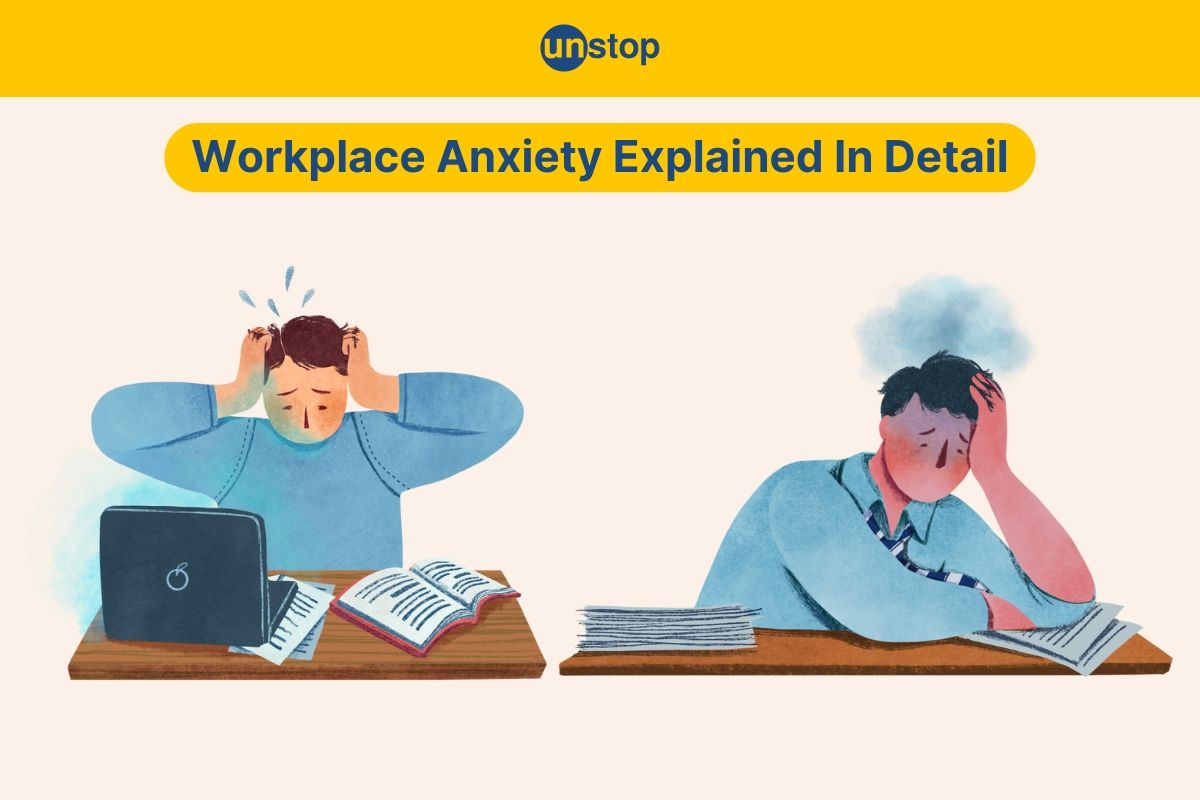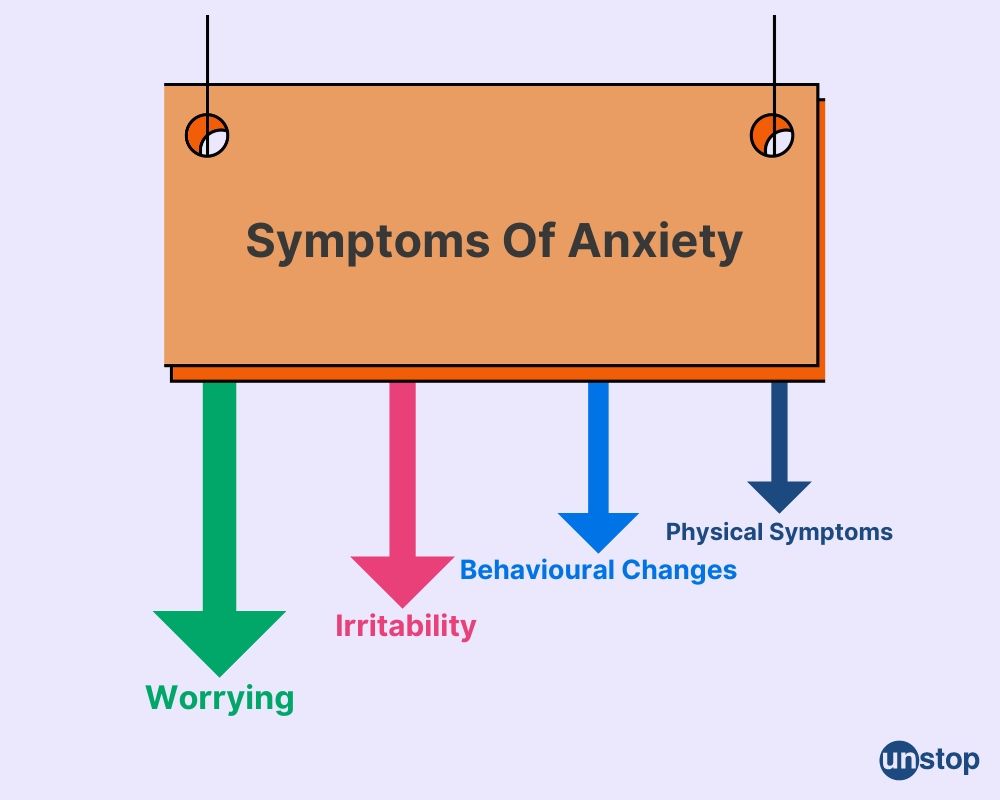Table of content:
- Self-Introduction For Freshers: Importance
- Components Of An Effective Self-Introduction
- How To Craft A Compelling Self-Introduction
- Self-Introduction for Freshers: Samples
- How To Highlight Your Qualifications & Experiences
- Incorporating Personal Interests & Future Plans
- Mastering Verbal & Non-verbal Communication Techniques
- Tailoring Your Introduction For Different Job Roles
- Common Mistakes To Avoid During Self-Introductions
- Conclusion
- Frequently Asked Questions (FAQs)
Table of content:
- Importance Of Extracurricular Activities In Resumes
- Types Of Extracurricular Activities To Include
- Best Extracurricular Activities For Different Fields
- Listing Extracurricular Activities In A Resume
- Adding Activities In The Education & Achievement Sections
- Soft Skills Gained From Extracurricular Activities
- Tailoring Activities Relevant To The Job Application
- Tips For Effective Inclusion Of Extracurricular Activities In Your Resume
- Frequently Asked Questions (FAQs)
Table of content:
- Importance Of Declining A Job Offer Respectfully
- Politely Decline A Job Offer With Gratitude
- Practical Tips For Declining Through Email
- Declining A Job Offer Over The Phone
- Declining After Acceptance Of Job Offer
- Salary, Timing, & Other Offers As Reasons
- Positive Relationship After Declining
- Frequently Asked Questions (FAQs)
Table of content:
- Understanding What Salary Increment Is
- Calculating Salary Increment Percentage
- Factors Affecting Salary Increment
- Negotiating A Fair Salary Increment During Appraisal
- Impact Of Performance Evaluation On Salary Increments
- Importance Of Transparency In Salary Increments
- Making Better Financial Plans After Salary Increment
- Frequently Asked Questions (FAQs)
Table of content:
- Job Offer Acceptance Letter: Meaning & Importance
- Key Components of a Job Acceptance Letter Explained
- Job Offer Acceptance Letter Template
- Accepting a Job Offer via Email: Important Tips
- Job Offer Acceptance Letter Samples
- Composing A Job Offer Acceptance Letter: Key Tips
- Post-Acceptance Protocol
- Conclusion
- Frequently Asked Questions (FAQs)
Table of content:
- Meaning, Difference & Usage
- How To Apply & Obtain Provisional Certificate
- Sample Of A Provisional Certificate
- Benefits Of Provisional Certificate
- Verification & Its Importance
- Conclusion
- Frequently Asked Questions (FAQ)
Table of content:
- Definition Of Your Current CTC & Expected CTC
- Factors To Consider During Salary Negotiation
- Tips & Examples To Answer What Salary Do You Expect
- Understanding How Your CTC Is Calculated
- Crafting & Presenting Your Current CTC Effectively
- How To Write Current CTC & Expected CTC In Email
- Analyzing Detailed Breakdown Of Your CTC
- Conclusion
- Frequently Asked Questions (FAQs)
Table of content:
- Definition & Purpose Of Notice Period
- Importance Of Notice Period
- Types Of Notice Period
- Tasks & Expectation During Notice
- Notice Period Format Sample
- Other Aspects Related To Notice Period
- Conclusion
- Frequently Asked Questions (FAQs)
Table of content:
- Reason for Job Change: Common Examples
- Reason For Job Change: Hybrid Work Culture
- Reason for Job Change Best Answers
- Tips To Answer "Why Do You Want To Change Your Job?"
Table of content:
- Hard Work Vs Smart Work- Difference
- Examples Of Hard Work Vs Smart Work
- Ways To Hone Your Smart Work Skills
- Utilizing SMART Goal Approach
- Essence Of Hard Work
- Essence Of Smart Work
- Combining Benefits Of Hard & Smart Work
- Enhancing Efficiency Work Approach
- Closing Thoughts
- Frequently Asked Questions
Table of content:
- Defining What Is Probation Period
- Activities During The Probation Period
- Salary During The Probation Period
- Importance Of Completing The Probation Period
- Probation Period Extension Explained
- How To Successfully Complete Probation Period
- Closing Thoughts
- Frequently Asked Questions (FAQs)
Table of content:
- Definition & Its Origin Of Garden Leave
- What Happens To An Employee During Garden Leave?
- Advantages Of Garden Leave
- Disadvantages Of Garden Leave
- Duration Of Garden Leave & Its Impact
- Identifying Employees Suitable For Garden Leave
- Best Time To Use Garden Leaves
- When To Avoid Gardening Leave
- Consequences Of An Employee Declining Garden Leave
- Employers' Guide To Making The Most Of Garden Leave
- Rights And Obligations Under Garden Leaves
- Summary
- Frequently Asked Questions (FAQs)
Table of content:
- What Is Interview & Its Purpose Explained
- Important Criteria Of Interview
- Characteristics Of Interview
- Types Of Interview Approach
- Stages Of An Interview
- Types Of Interview
- Interview Tips For Freshers
- Mistakes To Avoid In Job Interview
- Questions You Might Ask Your Interviewer
- Closing Thoughts
- Frequently Asked Questions (FAQs)
Table of content:
- Group Discussion & Its Purpose Explained
- Importance Of Group Discussion
- Types Of Group Discussion
- Characteristics Of Group Discussion
- Skills And Success Tips Of Group Discussion
- Mistakes & Topics To Avoid In Group Discussion
- Final Remarks
- Frequently Asked Questions
Table of content:
- Understanding What Job Application Is
- Nitty Gritty Of Job Application
- Step-by-step Guide On How To Apply For A Job
- Effective Tips For Job Applicants
- Conclusion
- Frequently Asked Questions (FAQs)
Table of content:
- Significance Of Emailing Your Resume
- What To Write In An Email When Sending A Resume
- Samples Emails When Sending A Resume
- Final Remarks
- Frequently Asked Questions (FAQs)
Table of content:
- Decoding Dress Code For Interview
- Interview Dress Code For Men
- Interview Dress Code For Women
- Outfits To Be Avoided For A Job Interview
- Conclusion
- Frequently Asked Questions (FAQs)
Table of content:
- Understanding Biodata In Job Applications
- Crafting An Effective Biodata For Job
- 10 Tips To Craft An Effective Biodata
- Comparison Of Biodata, Resume, And CV
- Understanding A Biodata Format
- Sample Format Of Biodata For Job
- Summary
- Frequently Asked Questions (FAQs)
Table of content:
- Creating An Appealing Resume For Job Search
- 7 Types Of Resumes For Job Application
- Tips For Crafting An Effective Resume
- Conclusion
- Frequently Asked Questions (FAQs)
Table of content:
- Definition Of CTC
- Understanding The Components Of CTC
- Formula To Calculate CTC
- Example Of CTC Breakdown
- Benefits Of Cost To Company
- Understanding Gross Salary And Net Salary
- Conclusion
- Frequently Asked Questions (FAQs)
Table of content:
- Understanding Your Ambition In Life
- How To Answer The Question During Interview
- Do’s And Don'ts While Answering The Question
- Examples Of Sample Answers
- Summary
- Frequently Asked Questions
Table of content:
- Definition & Purpose Of An Apology Letter
- Understanding The Basic Components
- Knowing When To Write
- Tips To Craft An Effective Apology Letter
- Mistakes To Be Avoided
- Example & Format Of An Apology Letter
- Summary
- Frequently Asked Questions
Table of content:
- What Is A Job & What Is Leaving A Job
- Top 10 Reasons For Leaving A Job
- How To Prepare When Planning To Leave A Job
- Tips To Explain Your Departure To Your Employer
- Sample Answers For Leaving A Job
- Conclusion
- Frequently Asked Questions (FAQs)
Table of content:
- Annual Income & Calculation Explained
- Formula For Annual Income Calculation
- Examples Of Annual Income Calculation
- Gross Income Vs. Net Income
- Conclusion
- Frequently Asked Questions
Table of content:
- Understanding What Is Severance Pay
- Importance Of Understanding Severance Pay
- Why Companies Offer Severance Pay
- Essential Components Of Severance Package
- Eligibility Conditions For Severance Packages
- Tax Implications Of Severance Pay
- Conclusion
- Frequently Asked Questions (FAQs)
Table of content:
- Understanding A Job Application Letter
- Format Of A Job Application Letter
- Importance Of A Well-Crafted Application Letter
- Tips For Crafting A Compelling Job Application
- Sample Letters For Various Profiles
- Conclusion
- Frequently Asked Questions (FAQs)
Table of content:
- Meaning Of Job Profile & Purpose
- Key Components Of A Job Profile
- Benefits Of Job Profiles For Employers
- 5 Best Tips For Crafting An Effective Job Profile
- Common Pitfalls To Avoid In Job Profile Descriptions
- Job Profile Vs Profile Summary
- Summary
- Frequently Asked Questions (FAQs)
Table of content:
- Understanding Full and Final Settlement
- Components of Full and Final Settlement
- Pre-Requisite to Calculating FnF
- Calculating FnF: Process and Timing
- Final Settlement Letters
- Final Remarks
- Frequently Asked Questions
Table of content:
- Definition Of Teamwork Skills
- Types Of Teamwork Skills
- Benefits Of Teamwork Skills
- Strategies For Improvement Of Skills
- Showcasing Teamwork Skills Effectively
- Conclusion
- Frequently Asked Questions (FAQs)
Table of content:
- Definition & Impact Of Communication Barriers
- Types Of Communication Barriers
- Tips To Overcome Communication Barriers
- Conclusion
- Frequently Asked Questions (FAQs)
Table of content:
- Definition & Factors Of Workplace Anxiety
- Recognizing Signs & Symptoms Of Anxiety
- Strategies & Tips To Handle Workplace Anxiety
- Summary
- Frequently Asked Questions (FAQs)
Workplace Anxiety- Causes, Symptoms & Coping Strategies Explained

Workplace anxiety is a pervasive issue that impacts not only mental health but also work performance and overall well-being. From feeling overwhelmed by tasks to facing constant pressure, the effects of workplace anxiety can be debilitating.
Stay tuned to discover practical tips to combat this silent productivity killer and create a healthier work environment for yourself and your team.
Definition & Factors Of Workplace Anxiety
To begin, let us understand the definition and contributing factors of workplace anxiety:
Definition
Experiencing workplace anxiety involves feeling stressed or worried while at work, thus affecting your mental health. This can include feeling uneasy, scared, or nervous about tasks, working with others, or meeting job expectations.
Contributing Factors
Multiple factors contribute to workplace anxiety, including excessive workload, tight deadlines, lack of job security, and poor management. Conflicts with colleagues or supervisors can exacerbate these feelings.
Common situations that can trigger anxiety at work include presentations, performance evaluations, meeting new people, and handling customer complaints. These scenarios often lead to increased stress levels and feelings of unease among employees.
Recognizing Signs & Symptoms Of Anxiety
Recognizing signs of workplace anxiety is crucial for timely and effective intervention. Let us study some of the common signs and symptoms:

Worrying & Irritability
Constant worrying and irritability are common signs of workplace anxiety. Individuals may also experience difficulty concentrating and feelings of restlessness.
Behavioural Changes
Employees with workplace anxiety may exhibit behavioural changes such as avoiding social interactions, including friends or family and losing interest in work tasks. These changes can impact their overall performance and relationships at work.
Physical Symptoms
Physical symptoms of workplace anxiety can manifest as sweating, an upset stomach, and a noticeable decrease in productivity.
Looking for a better job? Explore JOBS or INTERNSHIPS across 180+ roles across multiple domains!
Strategies & Tips To Handle Workplace Anxiety
Everyone experiences anxiety at the workplace once in a while. It is important to know the strategies and tips to cope with workplace anxiety:

Healthy Habits
Simple habits like regular exercise, proper nutrition, and sufficient sleep can significantly reduce stress levels. Engaging in mindfulness practices like taking deep breaths or meditating can assist in soothing the mind.
Setting Boundaries
Setting boundaries and being able to decline requests when needed can help reduce stress at work. By minimizing interactions with negative colleagues and instead prioritizing positive relationships, you can foster a healthier and more pleasant workplace environment.
Effective Communication
Openly communicating needs and concerns with supervisors or HR departments is essential for receiving necessary support. Requesting reasonable adjustments or accommodations for challenging deadlines or tasks can help in managing workplace pressure effectively.
Celebrating small victories and successes, no matter how small, can boost morale and combat the negative effects of workplace stress.
Professional Support
Seeking help from counsellors and therapists can provide valuable guidance in managing workplace anxiety effectively. These professionals are equipped with the expertise to offer specialized strategies tailored to individual needs.
Trusted Relationships
Building a network of trusted co-workers and friends can significantly alleviate workplace anxiety. Sharing concerns with these individuals fosters a sense of belonging and support, creating a safe space for open communication.
Establishing a support system within the workplace enables individuals to feel more validated and understood, reducing feelings of isolation. This network can act as a buffer against stressors, offering empathy and practical advice in challenging situations.
Group Support
Joining a support group dedicated to addressing workplace anxiety can be beneficial. Interacting with peers facing similar challenges allows for shared experiences and mutual encouragement. This collective environment promotes a sense of unity and reinforces the notion that individuals are not alone in their struggles.
Time Management
Effective time management is crucial in promoting well-being in the workplace. By prioritizing tasks and setting realistic deadlines, employees can reduce workplace anxiety.
Staying busy and keeping oneself occupied with work can be a powerful strategy for managing workplace anxiety. When employees are engrossed in their tasks, they are less likely to dwell on anxious thoughts. This constant engagement can lead to increased productivity and improved job performance.
Education On Anxiety
Learning about anxiety is important for your well-being. Knowing what causes workplace anxiety, its symptoms, and how to cope with it can help you deal with your worries effectively. Getting advice from a mental health expert or joining stress management workshops can give you useful information.
Summary
In understanding workplace anxiety, recognizing its signs and symptoms is crucial. You can effectively manage and alleviate workplace anxiety by implementing coping strategies, building support networks, and promoting well-being at work.
Remember, your mental health matters. Take proactive steps to address any anxiety you may be experiencing in the workplace. Seek support from colleagues, friends, or professionals if needed. Prioritize self-care and well-being to create a positive work environment for yourself and those around you.
Frequently Asked Questions (FAQs)
1. What is workplace anxiety?
Experiencing workplace anxiety involves feeling stressed or worried while at work. This can include feeling uneasy, scared, or nervous about tasks, working with others, or meeting job expectations.
2. How can one recognize the signs and symptoms of workplace anxiety?
Signs of workplace anxiety may include constant worrying about work-related issues, difficulty concentrating, irritability, physical symptoms like headaches or stomach problems, and changes in sleep patterns.
3. What are some coping strategies and tips for managing workplace anxiety?
To deal with workplace anxiety, try relaxation techniques, set boundaries between work and personal life, prioritize tasks, consider seeking professional help, and engage in activities that boost mental well-being, such as exercise or mindfulness practices.
4. How can building support networks help in dealing with workplace anxiety?
Building support networks at work involves connecting with colleagues, supervisors, or HR professionals who can offer understanding and guidance. Having a supportive network can provide emotional reassurance, practical advice, and a sense of belonging that aids in managing workplace anxiety.
5. Why is promoting well-being at work important for addressing workplace anxiety?
Promoting well-being at work through initiatives like wellness programs, flexible work arrangements, open communication channels, and mental health resources creates a positive and supportive environment. This fosters employee morale, reduces stress levels, enhances productivity, and helps in preventing or managing workplace anxiety effectively.
Suggested reads:
- Amplifying Employee Voice: Strategies And Tools
- Fixing Appraisal Grudges: Addressing Unhappy Employees Post-Appraisal
- How To Motivate And Retain Employees Who Didn't Get Promoted
- High Potential (HIPO) Employee: What Does It Mean & Why Is It Important?
- Employee Wellness Programs: Find 30+ Strategies & Real-Life Examples
Instinctively, I fall for nature, music, humour, reading, writing, listening, travelling, observing, learning, unlearning, friendship, exercise, etc., all these from the cradle to the grave- that's ME! It's my irrefutable belief in the uniqueness of all. I'll vehemently defend your right to be your best while I expect the same from you!
Comments
Add commentLogin to continue reading
And access exclusive content, personalized recommendations, and career-boosting opportunities.










Ujjwal Sharma 2 weeks ago